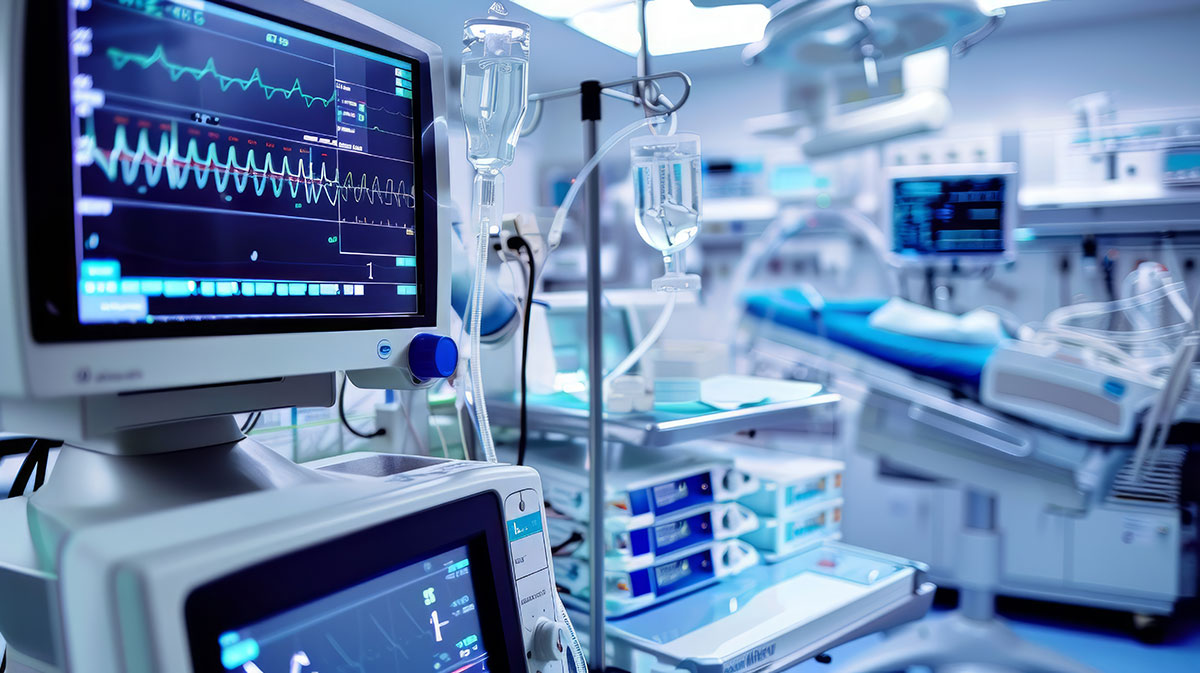Introduction
Investing in patient monitoring devices can be pivotal for healthcare professionals and individuals managing chronic health conditions. These devices provide real-time data and insights essential for timely interventions and better health outcomes. Whether you’re a medical professional looking to enhance patient care or a caregiver seeking the best for your loved one, understanding the nuances of these devices is crucial. This guide will help you navigate the complex world of patient monitoring devices, ensuring you make an informed choice.
Types of Patient Monitoring Devices
Vital Signs Monitors
These are the most common patient monitoring devices. They measure key indicators such as heart rate, blood pressure, respiratory rate, and temperature.
Blood Glucose Monitors
Primarily used by patients with diabetes, these devices measure blood sugar levels. Continuous glucose monitors (CGMs) provide real-time data, alerting users to potential hypoglycemic or hyperglycemic events.
Pulse Oximeters
These devices measure oxygen saturation levels in the blood. They are crucial for patients with respiratory conditions such as COPD or asthma.
ECG Monitors
Electrocardiogram (ECG) monitors track the electrical activity of the heart. They are vital for detecting arrhythmias and other cardiac abnormalities.
Wearable Health Devices
Smartwatches and fitness trackers now come equipped with health monitoring capabilities, including heart rate, ECG, and even sleep tracking.
Key Features to Consider
Accuracy
Accuracy is paramount. Look for devices validated through clinical trials and that have received regulatory approvals.
Ease of Use
The device should be user-friendly, with a clear interface and simple operation. This is especially important for elderly patients or those who are not tech-savvy.
Connectivity
Modern devices often come with Bluetooth or Wi-Fi connectivity, allowing data to be synced with smartphones or healthcare provider systems. This feature is essential for remote monitoring and telehealth consultations.
Battery Life
For wearable devices, long battery life ensures continuous monitoring without frequent recharging.
Cost
While quality is important, it’s also essential to find a device that fits your budget. Consider the cost of the device as well as any additional expenses for accessories or subscription services.
Benefits of Patient Monitoring Devices
Improved Health Outcomes
Regular monitoring helps in early detection of potential health issues, leading to timely interventions and better management of chronic conditions.
Enhanced Patient Engagement
With real-time data at their fingertips, patients are more likely to engage in their health management, leading to improved adherence to treatment plans.
Reduced Healthcare Costs
Early detection and management of health conditions can reduce hospital visits and prevent complications, ultimately lowering healthcare costs.
Remote Monitoring
For patients in rural areas or those with mobility issues, remote monitoring provides access to healthcare without the need for frequent in-person visits.
Top Patient Monitoring Devices from USOC Medical
Philips IntelliVue MP5 Monitor
This compact and easy-to-use monitor offers comprehensive vital signs monitoring, including ECG, SpO2, non-invasive blood pressure, and temperature measurements. It’s ideal for both hospital and home care settings.
This monitor is designed for flexibility and ease of use, offering parameters like ECG, SpO2, NIBP, and temperature. It’s suitable for a variety of clinical environments.
Welch Allyn Connex Spot Monitor
Perfect for spot-checking, this monitor provides quick and accurate readings of blood pressure, temperature, and SpO2, making it ideal for outpatient and primary care settings.
A high-performance monitor that supports comprehensive patient data management, including advanced ECG, invasive blood pressure, and respiratory rate monitoring.



